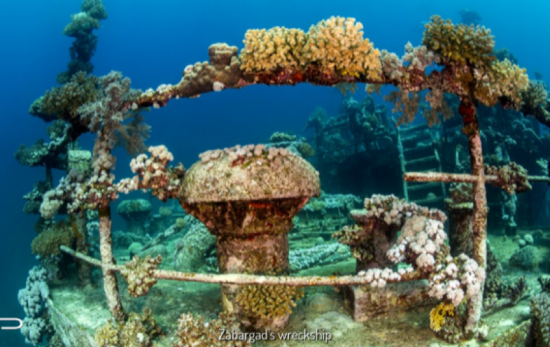The PADI Enriched Air Diver Specialty is the most popular PADI Specialty for certified divers. From the age of 12, divers with a minimum certification level of PADI Open Water Diver can take this course. You’ll learn all about the benefits of breathing oxygen-enriched air, as well as how to do it safely. And, it can be completed in just a few hours!
Read on to learn about diving with enriched air, and four top reasons as to why this should be your next specialty.
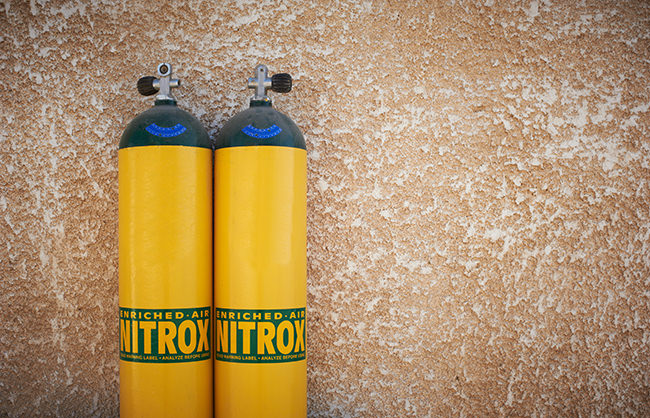
What is enriched air nitrox?
In recreational diving terms, enriched air (also known as nitrox or EANx) is breathing gas that contains a higher percentage of oxygen than regular air. Advantages of nitrox diving include longer dives and shorter surface intervals.
Three must-know terms:
Mix: The percentage of oxygen. Regular air is 21%, and the most common nitrox mixes are 32% and 36%.
Maximum Operating Depth (MOD): The maximum depth at which to use any given mix to avoid oxygen toxicity, and why nitrox divers should choose the optimum mix for the depth they plan to dive.
Analysing: Nitrox divers need to know what mix they’ve got (and, therefore, their MOD). They’ll use a nitrox analyser to check the percentage of oxygen in the cylinder before diving.
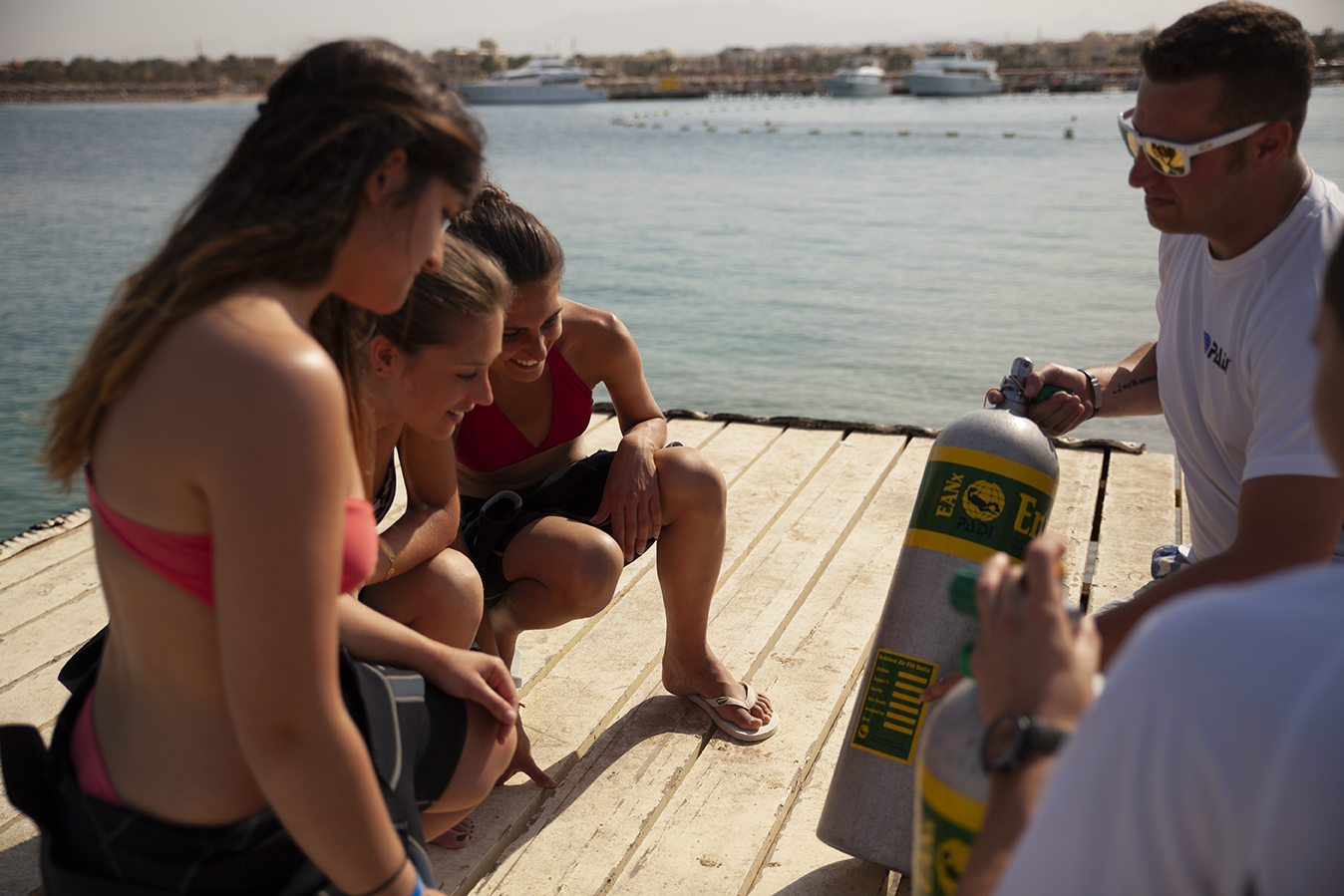
Breathe less nitrogen when using enriched air
The primary benefit of using nitrox whilst diving is that you will actually be exposed to less nitrogen when you go diving. The higher percentage of oxygen in the cylinder means you will be breathing less nitrogen.
You can use this benefit to your advantage in a couple of ways. One option is to extend your no-stop time during your dives, so you get longer dive times, especially when completing repetitive dives. Alternatively, you might prefer to continue to dive within the no-stop limits for air, but use the reduced intake of nitrogen to increase your personal safety margin whilst diving.
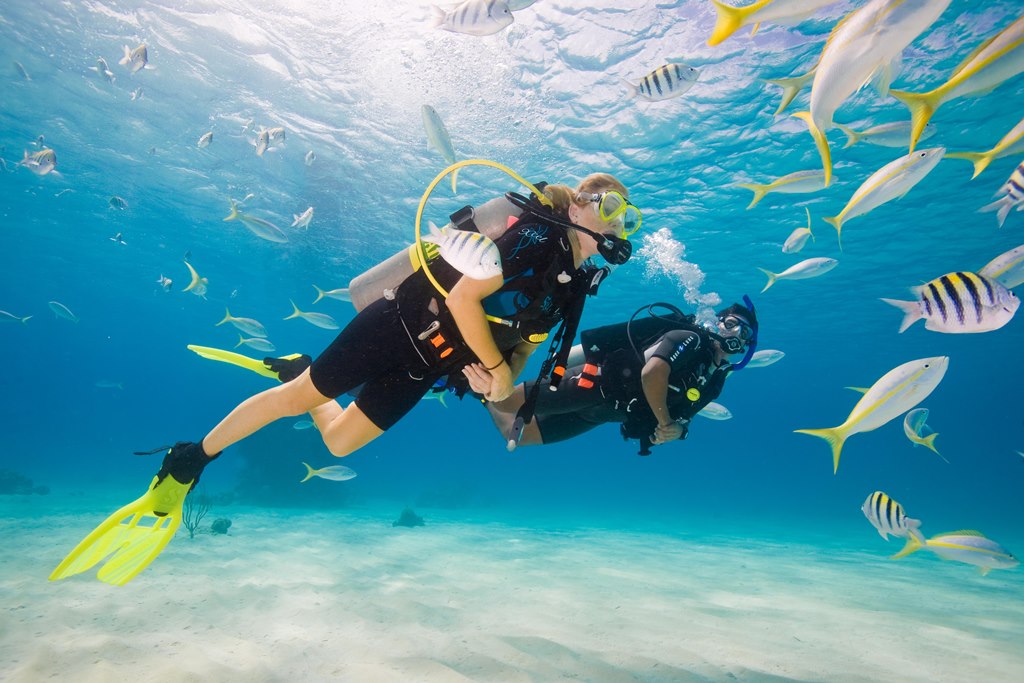
Longer bottom times
Typically, when using enriched air, divers will get mixes that are either 32% or 36% oxygen. This makes it ideal for diving at shallower depths.
For example, when diving with air to 18m (59ft) using the Recreational Dive Planner, you would have a maximum no stop limit of 56 minutes on a single dive. For the same depth, but using a 32% mix of EANx, you would have a no stop limit of 95 minutes. Potentially, this means you would have up to an additional 39 minutes’ dive time on this profile compared with air. However, don’t forget to check your gauges. You will still be breathing through the gas in your cylinder at the same rate, so your total bottom time may still be limited by your gas consumption rather than your NDL (No Decompression Limit).
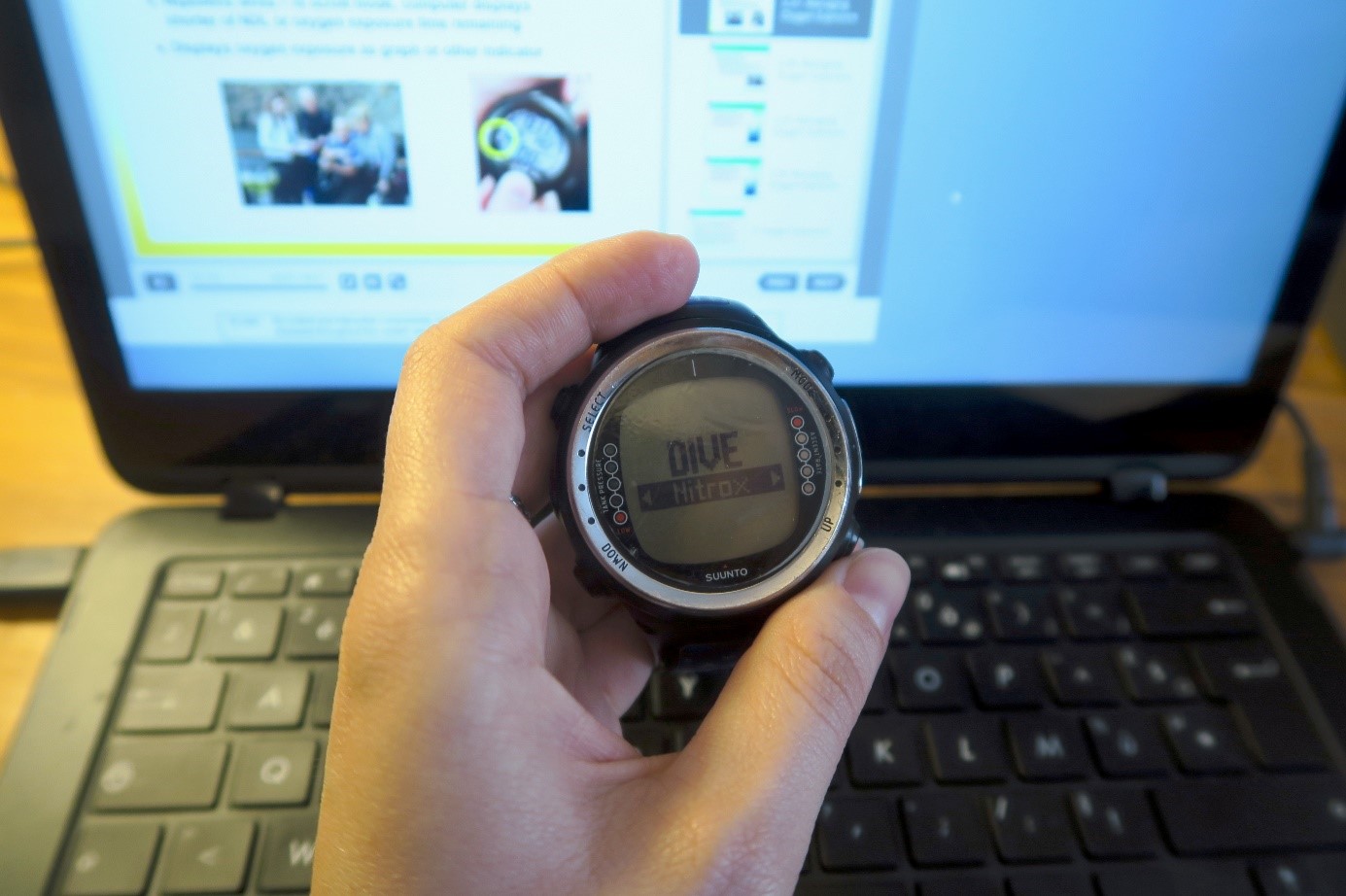
Learn about your dive computer
On the PADI Enriched Air Diver course, you can learn about planning nitrox dives using dive tables or your dive computer. Most divers these days will use a dive computer when planning their dives. Fortunately, the vast majority of dive computers are compatible for use with enriched air. If you are thinking about purchasing your first dive computer, you might wish to speak with your dive center about the possibility of completing the PADI Enriched Air Diver course at the same time. This will enhance your understanding of how your computer actually works.
Some dive computers have a Nitrox setting built into them. These come in two versions, either where the dive computer has a selection of preset mixes that you can choose from. Or where you enter the mix yourself and the computer subsequently determines the maximum depth and dive-time based on that, which is usually found in more advanced computers. It’s important to remember that if your computer has presets and your mix doesn’t match any of them exactly. The general advice is to always err on the side of caution and round up, not down, especially for deeper dives.
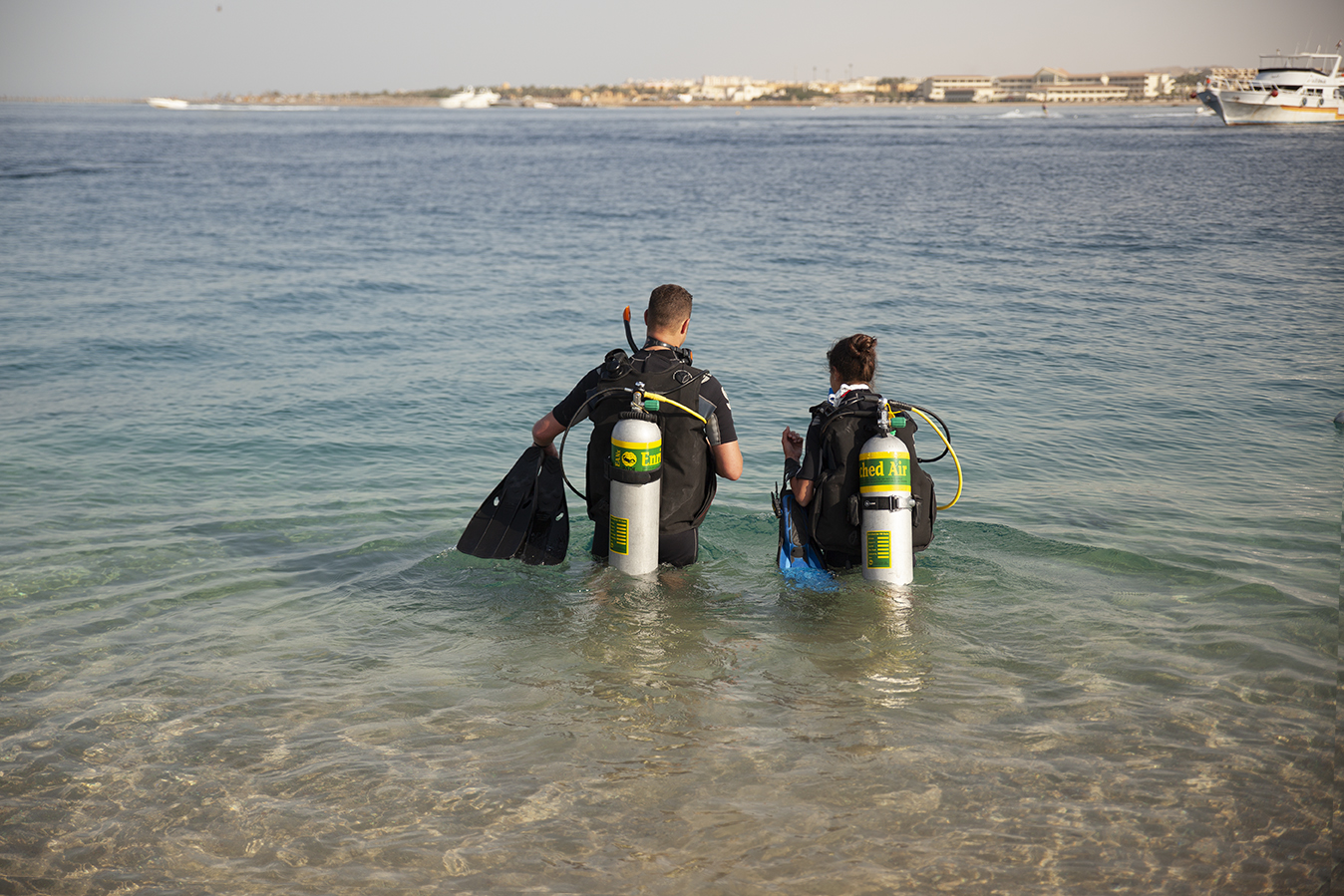
Work towards further qualifications
If you have ambitions to become a PADI Divemaster one day, completing the PADI Enriched Air Diver course will help you understand concepts that will develop your understanding of decompression theory and physiology. The great news is that you can link the PADI Enriched Air Diver course with any other PADI certification. Find out more about which other PADI Specialty Diver courses buddy up well.
Enhance your holidays
Divers who enjoy some of the biggest benefits of diving with nitrox are those who like to take diving holidays. If you are taking a holiday locally or planning to book a dive resort or liveaboard, you may expect to complete a lot of repetitive dives over several days. If you are using enriched air to extend your bottom time, this could equate to hours of additional dive time over the holiday. Imagine how many more critters you might see!
PADI Enriched Air (Nitrox) Diver course
The PADI Enriched Air Diver course teaches you everything you need to know about enriched air diving. Firstly, you’ll learn how to select the right mix for your dive. You’ll also learn how to use an oxygen analyser and how to set your dive computer. You can choose to study using eLearning or with a PADI Dive Shop. The course is generally completed without dives, but there’s the option to include two open water dives for extra practice alongside a PADI Instructor.
If you’re ready to experience the benefits of diving with nitrox versus air, then sign up for the PADI Enriched Air (Nitrox) Diver specialty course. Visit the PADI eLearning page or contact your nearest PADI Dive Shop for more details.
Related Reading
- The 11 Best Nitrox Diving Destinations
- 4 Diving Destinations Where You’ll Want an Enriched Air Nitrox Certification
- The Benefits of Diving Nitrox Versus Air
- Enriched Air Nitrox: 4 Reasons Why This Should Be Your Next Specialty
Written by Emily Petley-Jones
